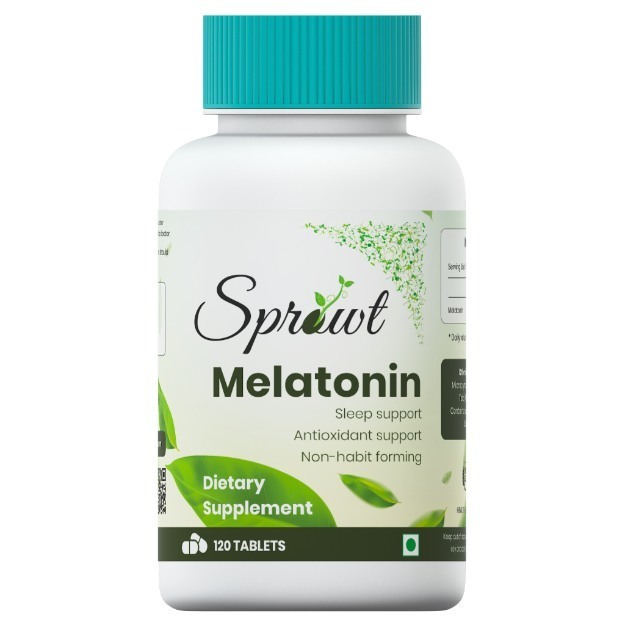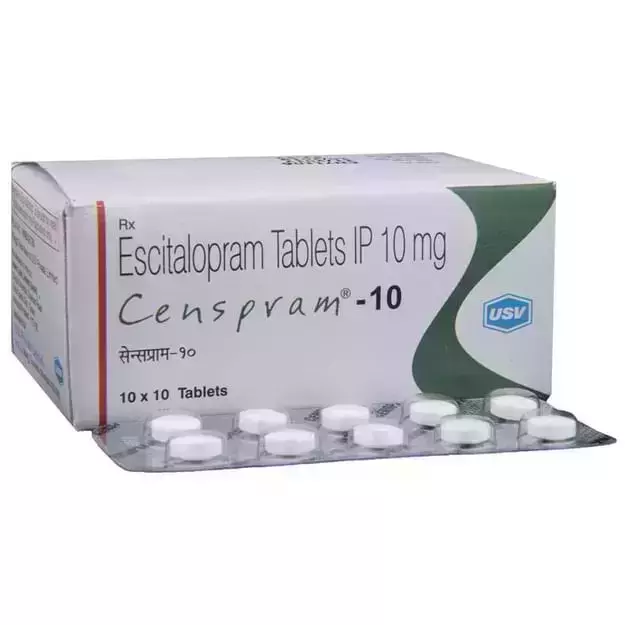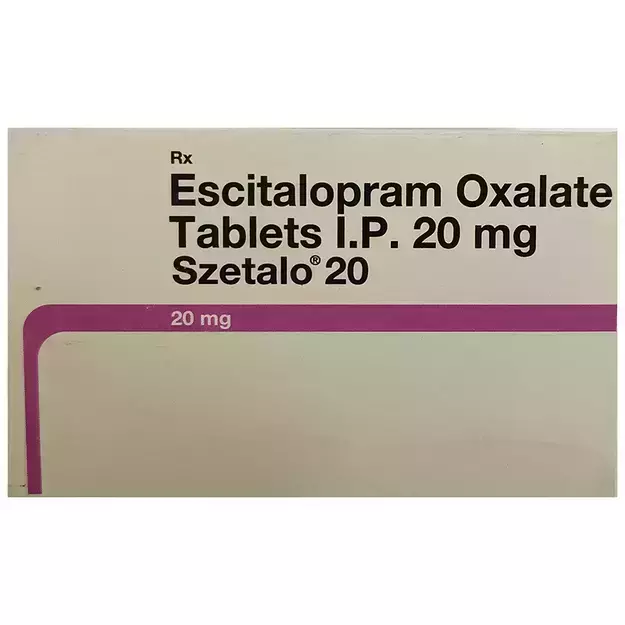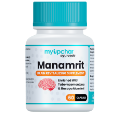D.D.Pramine 10 Mg Tablet is a prescription drug, available for use as Tablet. It is typically used for the treatment of Obsessive Compulsive Disorder.
Medical history of the patient along with age and gender determines the dosage of D.D.Pramine 10 Mg Tablet. The condition it has been prescribed for, and the route of administration also determine the right dosage. For detailed information on this, read through the dosage section.
While these are the most often observed D.D.Pramine 10 Mg Tablet side effects, there are can be others also. These have been listed below. These side effects of D.D.Pramine 10 Mg Tablet are usually temporary and subside with the completion of treatment. Please speak with your doctor if these side effects worsen or persist for a longer duration.
In addition, D.D.Pramine 10 Mg Tablet's effect is Moderate during pregnancy and Severe for lactating mothers. Warnings related to D.D.Pramine 10 Mg Tablet's effects on the liver, heart and kidney, if any, have been listed below.
D.D.Pramine 10 Mg Tablet can cause adverse effects in certain medical conditions. It is strongly recommended to avoid D.D.Pramine 10 Mg Tablet in conditions like Heart Disease, Coronary Artery Disease (CAD), Suicidal Tendency. Some other conditions that can be affected by D.D.Pramine 10 Mg Tablet are listed in the contraindications section below.
Drug interactions for D.D.Pramine 10 Mg Tablet have been reported in the medical literature. A complete list of these interactions is given below.
In addition to these precautions, you may also note that D.D.Pramine 10 Mg Tablet is not safe while driving, and is is not addictive in nature.
X















